Our trip to Andalusia continued in Cordoba, another city that was heavily influenced by the Moors who occupied it until late in the 15th century.
Cordoba was ‘freed’ earlier than Granada and Ferdinand and Isabella established their royal seat here while they were fighting for Granada. They lived in a former Muslim palace which is now known as the “Alcazar de los Reyes Catolicos” or Palace of the Catholic Kings. It is clear, however, that the origin of the buildings and gardens has nothing to do with catholic kings.
One look at these gardens and you know immediately who designed them.
The palace itself is not very interesting, and there has not been a significant effort to make the interior look like it must have either during the Moors’ occupation, or the later royal affectation, which was not very long as the royal court eventually moved to Granada instead.
However, the gardens are the real attraction of this palace.
There are fountains everywhere and several different levels which are all just slightly different from each other.
This group was added later, I am sure. It is the representation of Christopher Columbus requesting funds from Ferdinand and Isabella for his trip to India via the Atlantic Ocean. We all know how that ended.
However, there were conflicts in what we heard from different guides. Granada was freed from the Moors in January 1492 and the court moved there soon thereafter. So in Granada, they claim that this discussion took place in the Alhambra. In Cordoba, they claim that this occurred before the court moved and therefore it happened in Cordoba. Looking at several sources of information (Encyclopaedia Britannica, Wikipedia and Royal Greenwich Museum) there is consensus that the decision to go West was made in January 1492 but only Wikipedia mentions that this occurred in Cordoba while Britannica does not say where the final agreement took place. It could be that it is not documented and therefore both cities have a legitimate claim!
The other major attraction of Cordoba is the Mezquita, the most confused building in the world. It started life as a Mosque and is now the Cathedral of Cordoba. There are contrasting views throughout the building, with clearly Muslim architecture surrounding obviously catholic details.
When they established (and built) the cathedral inside the old mosque, a lot of the building was left unchanged. There are thousands of columns supporting the roof around the core which is now the cathedral. This is an “illegal” photo! I took it with the camera sitting on the floor so that I could have a longer exposure. Immediately after I took this photo while sitting on the floor, I was told to stand up as sitting is not allowed!
The side of a mosque facing Mecca is always more elaborately decorated than the rest, as that is the side that the faithful will face while praying. That is still the case on the perimeter building of the Mezquita! You can tell which is the side facing South-East.
One of the former gates to the Mezquita with very obvious Muslim motifs which have survived all these years.
Cordoba is a very old city, already occupied and developed by the Romans when they were in the Iberian Peninsula just in the first centuries AD. The most obvious remnant of that time is the Roman Bridge, I am sure modified since it was originally built.
It is now reserved for pedestrians and is a very nice walk away from the centre of town.
Here is a view of the Mezquita from the bridge. The low building in the foreground with an octagonal tower is the original mosque – the cathedral can be seen sticking above the rest in the middle. The original minaret of the mosque, behind the cathedral, has now been converted into a bell tower.
There is always a lot of life in a river, especially around sunset. This was no exception: Ibises, ducks and herons shared the river. There was also an old water mill called the Albolafia Water Mill built in the 12th century by the moors to carry water up to the Palace and feed the fountains there. Queen Isabella had the wheel removed as it was disturbing her at night, making too much noise!
The main reason for us to spend the nigh tin Cordoba rather than Grenada, was that we found out that is you visit the Alcazar during the day, you get a free entrance to visit the gardens at night. We had no idea what to expect, but at 8PM we were there and after a short introduction in the palace, we were escorted near one of the fountains.
And then we discovered why we were kept in a group and asked to stay around this one pond. The fountains started with a light and music show!
This is where a video is more useful than a photo, but that will come later. The combination of night, beautiful gardens, light and music and playing fountains was quite extraordinary.
These are four views of the same fountain with different colours and spray combinations.
Bee enjoys this as well.
We had a very nice view of the palace from the end of the garden – before the water show, the ponds are perfectly quiet and therefore reflect the light quite well.
And we were slowly taken to other parts of the garden, each time with a different theme and each time a different fountain.
Sorry for this repetition, but I wanted to give you as complete a flavour of the variations in water spray and colours as I could
But I guess the attached video is much better for that, as it has music too. There are two short videos back to back for about 1:00 minute. It is a big file, so please be patient while it downloads.
The palace, the people and the moon reflected in the fountain! I like this one…
One more view looking away from the palace with two levels of fountains…
It was hard to decide when to leave, but it was getting late, so we did eventually head back to the hotel.
The next day we needed to be back near the coast. I refuse to say here where we had to spend the night as my family might disown me if they knew!! We were originally supposed to board our cruise ship, but mechanical problems had delayed that by two days.
On the way, though, we stopped at a place called El Torcal near the small town of Antequera. Before we could even start on our walk, we ran into a group of Ibexes (I am not sure if this is the correct plural form of Ibex) who were just passing through.
El Torcal is a spectacular area with characteristic rock formations. This is sedimentary rock with layers of different hardness and therefore the weathering creates horizontal striations that are quite unique.
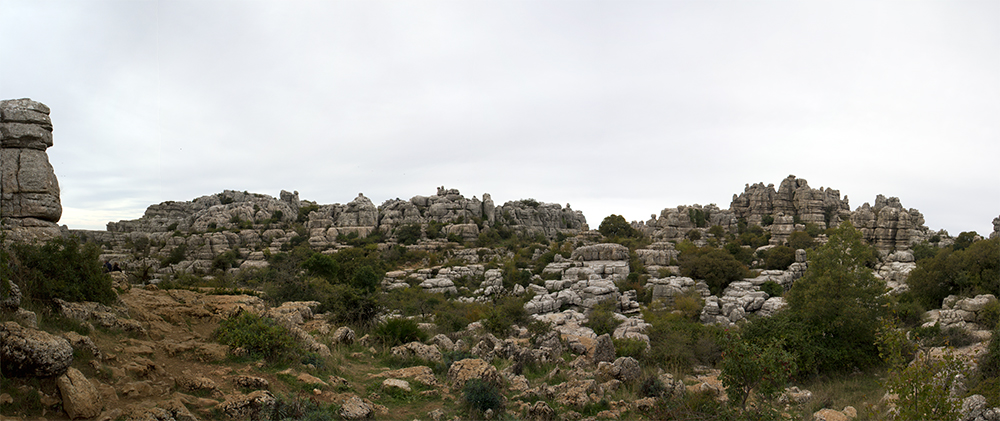
Difficult to get the full picture of this spectacular area. The weather was not the best either so there is not a lot of contrast in these shots – there are no distinct shadows unfortunately.
We had a nice walk in spectacular terrain, with very few people to ruin our fun. Almost perfect except for the temperature that was much lower than I would have liked.
On our first “Extra” day in Andalusia, we went to Ronda. This is a city I did not get to visit on my last trip. In front of the bull ring in Ronda is a statue of one of the most famous Matador from that city: Antonio Ordonez.
On the side, there is a statue of the victim!
Ronda is a city split down the middle by a very deep ravine. The “New Bridge” built in 1793 crosses right in the middle of town. It took 40 years to build this one.
Here is a view from that bridge
We visited one of the local houses which is now a museum. It used to be occupied by the local priests called the Casa de Juan Bosco. The house itself was not that exciting, but the garden was very interesting, with a good view of the New Bridge, but also a very interesting flower arrangement and fountain.
This is the church of Santa Maria la Mayor
And opposite are the old army barracks – quite fancy if you ask me. They are now part of the administrative offices of Ronda.
The gorge is narrower on this side of the New Bridge. In the middle of the photo, you can see the old Roman bridge. There is also an Arab bridge, but we did not get to see that one.
A view inside the Plaza de Toro. This is one of the oldest bull rings in Spain opened in 1785 and is recognised as a place where many bull fighting techniques were born. The Ordonez family, father Cayetano and son Antonio were very famous bull fighters in the 20th century and called Ronda their home.
After Ronda, we went to Mijas, another hill-top village. Their claim to fame are the Burro Taxi, complete with license plate. However, the town is so small that you can really reach anything on foot, so we did not try this form of transportation.
From the walls of the city, we were told that you can sometimes see Gibraltar, more than 50 km away. However, the day was not very clear so we did not see it.
the other interesting sight in Mijas is the bull ring – yes, again. This one has a more square shape than typical bull rings and is very small and cozy compared to Ronda’s.
I had taken to panoramas from different angles as even with my widest lens, I was not able to see the whole ring. This is the second point of view.
However, in assembling these initially, I did not remember that there were two points of view, and so I put all photos together and asked Photoshop to assemble a panorama. As the background mountains are common, the software used that to assemble this photo! Quite an interesting result, I think.
We were getting closer and closer to our boat waiting for us in Algeciras. On the way, we made a brief stop near Gibraltar for a photo opportunity which Bee could not pass up.
Algeciras is a busy port, with lot’s of traffic between Europe and Africa and also traffic in and out of the Mediterranean sea as we are very close to the streight of Gibraltar here. We arrive there close to sunset.
Unfortunately, we had a safety drill just at the time that the boat left the docks and by the time we were able to come out, night had fallen and I was not able to get another good photo of “The Rock” This one is already quite dark.
We will spend 12 days on the boat – more to come as we approach the highlight of this trip: A total solar eclipse in the middle of the ocean. But you will have to wait for the next episode to see all that.
(1412 Page Views)

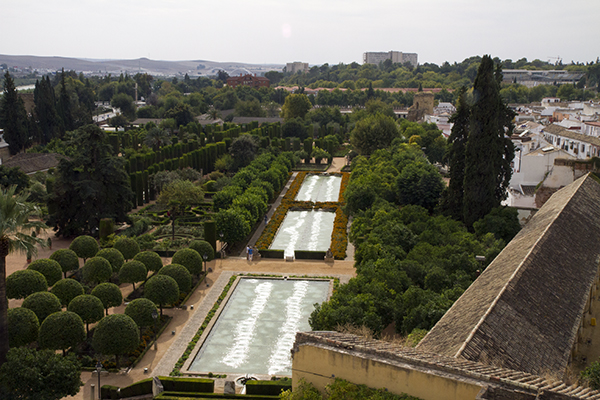
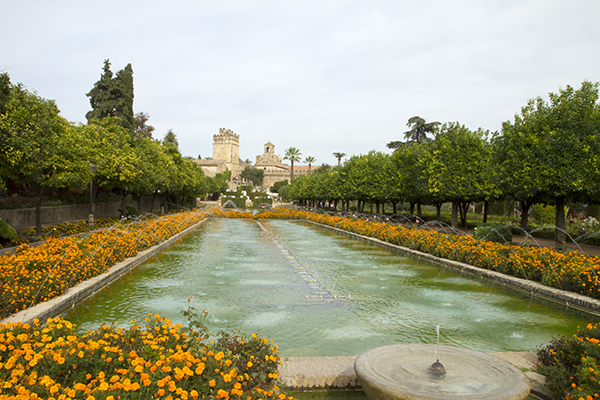
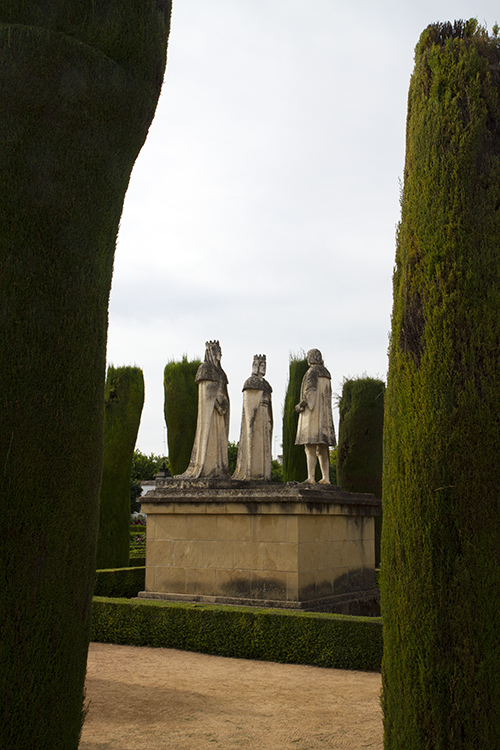
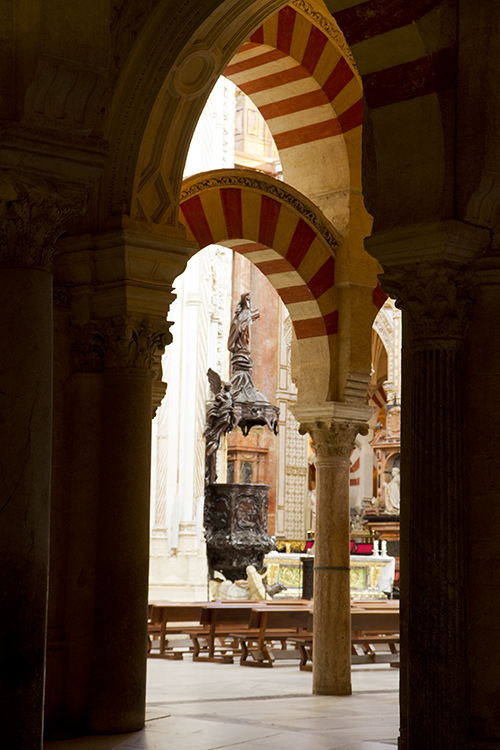
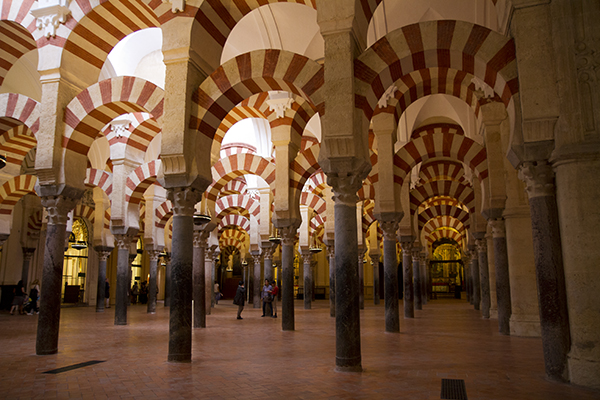
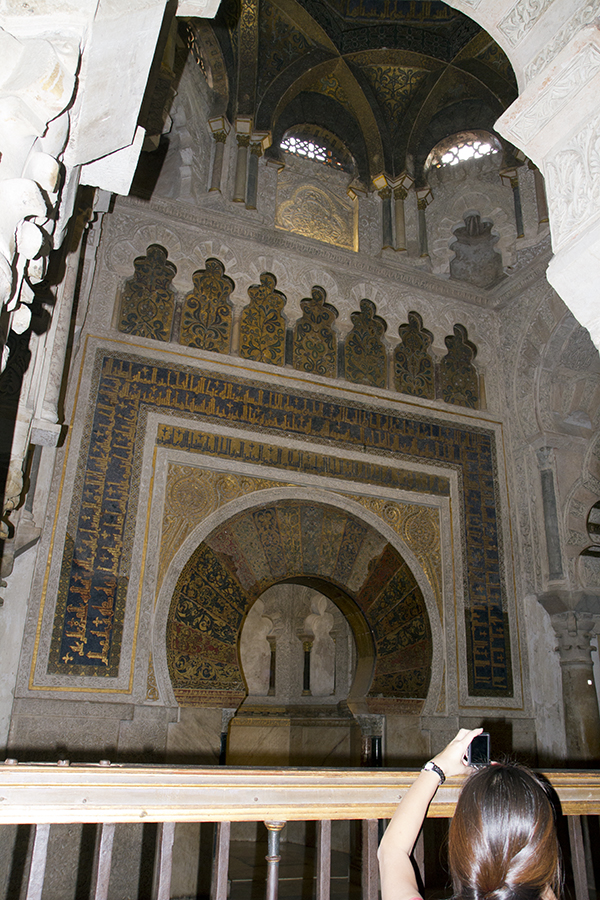

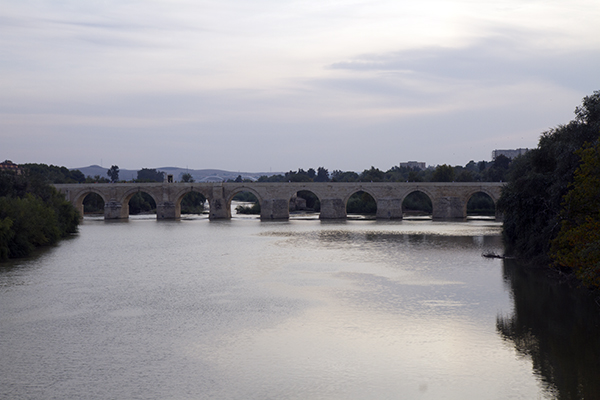
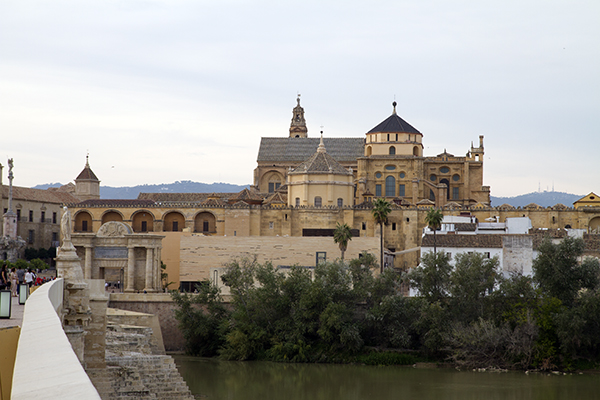








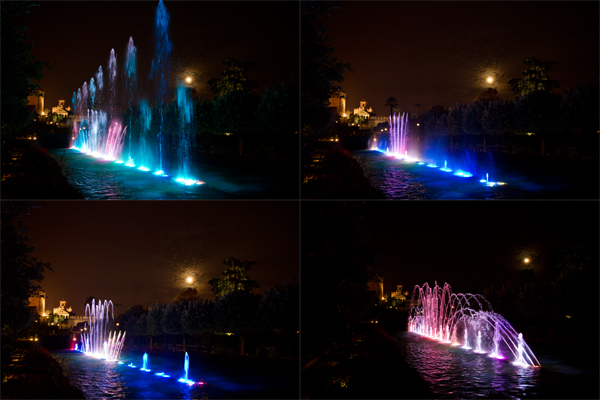


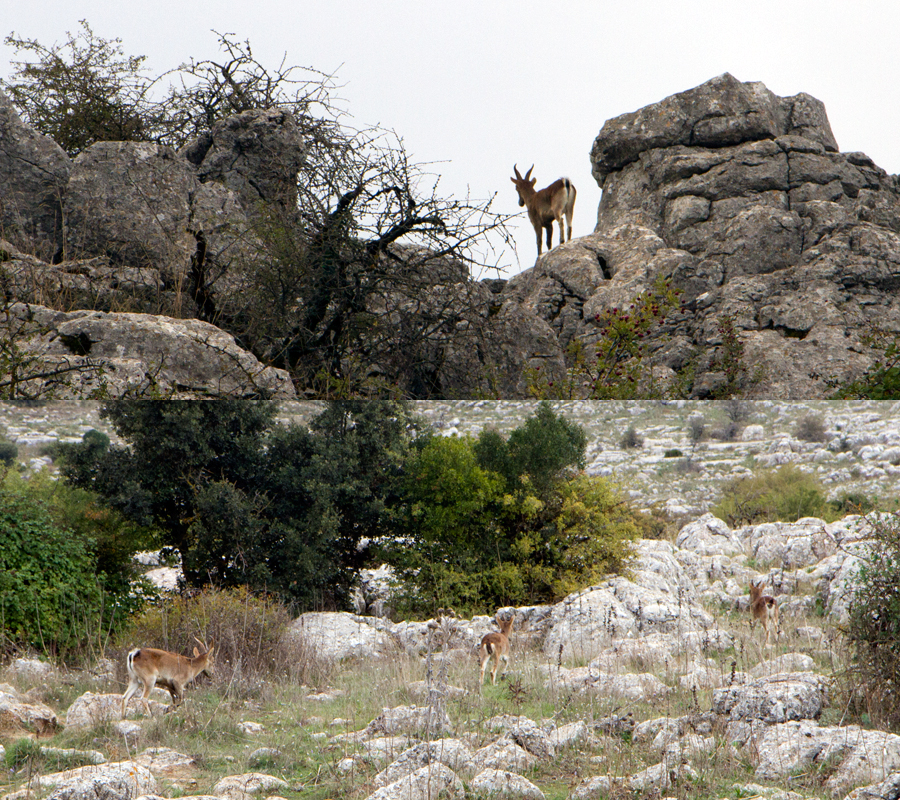
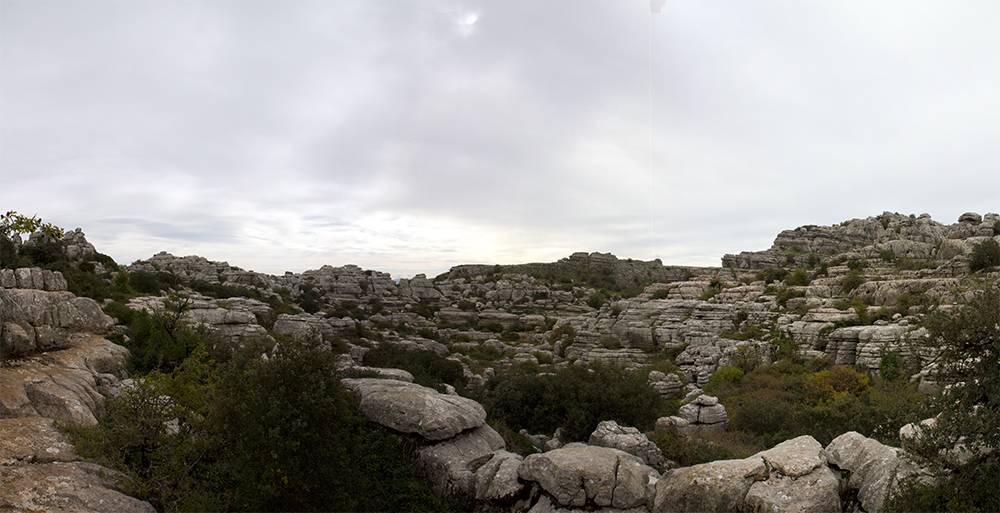
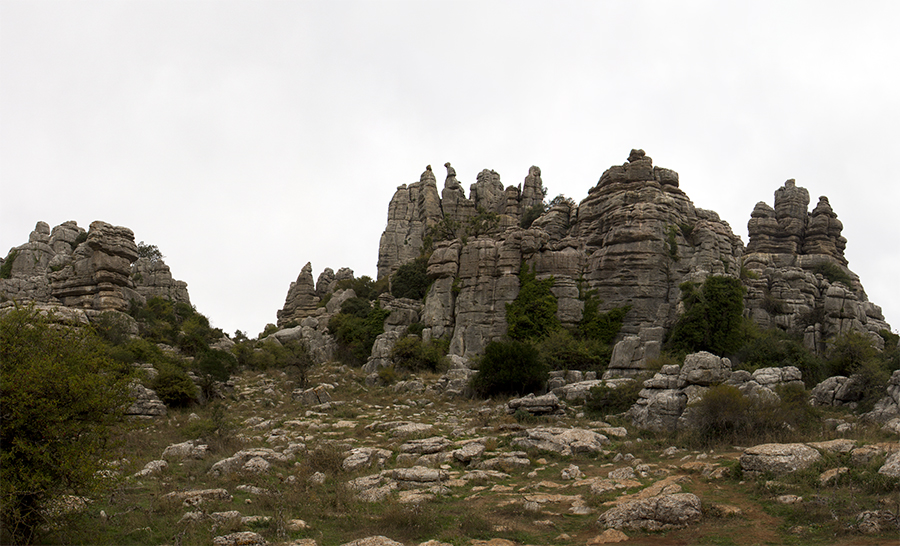
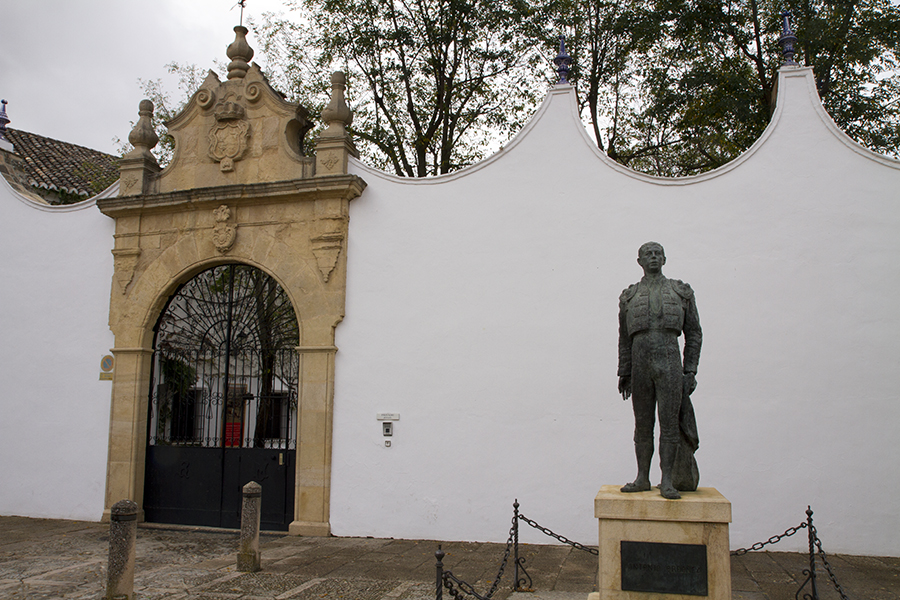





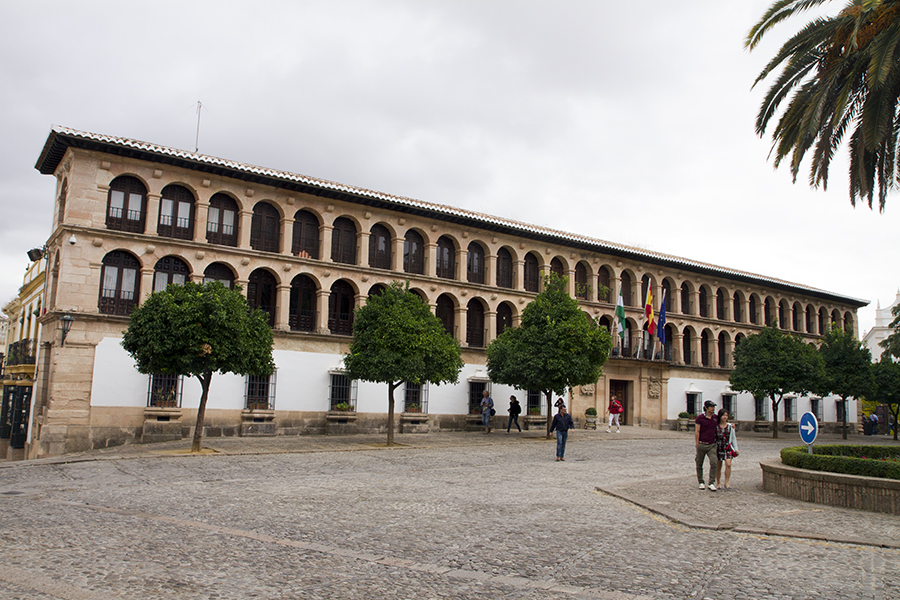

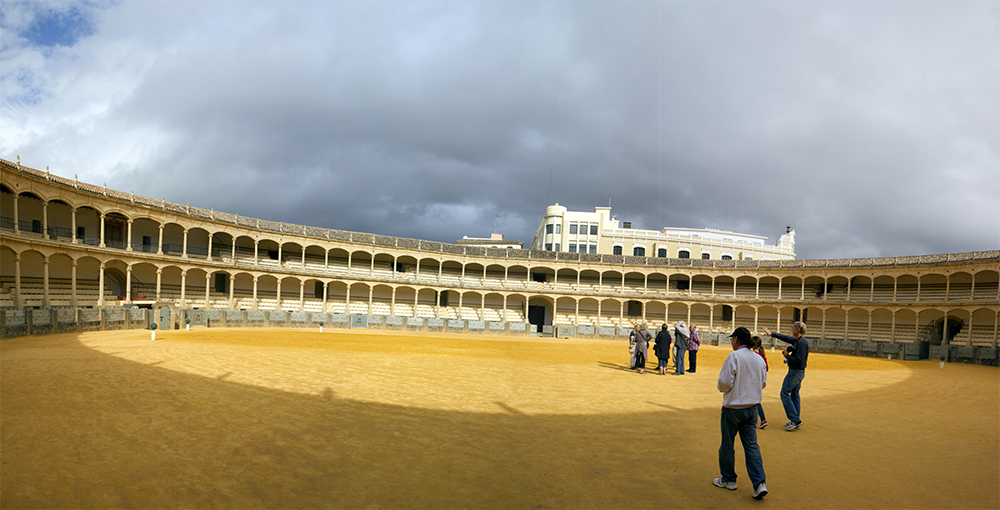
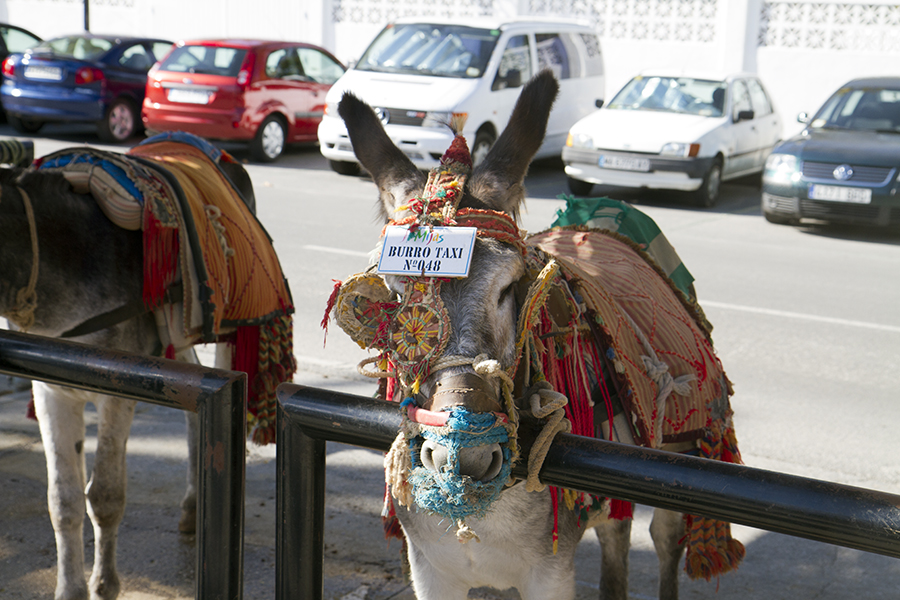
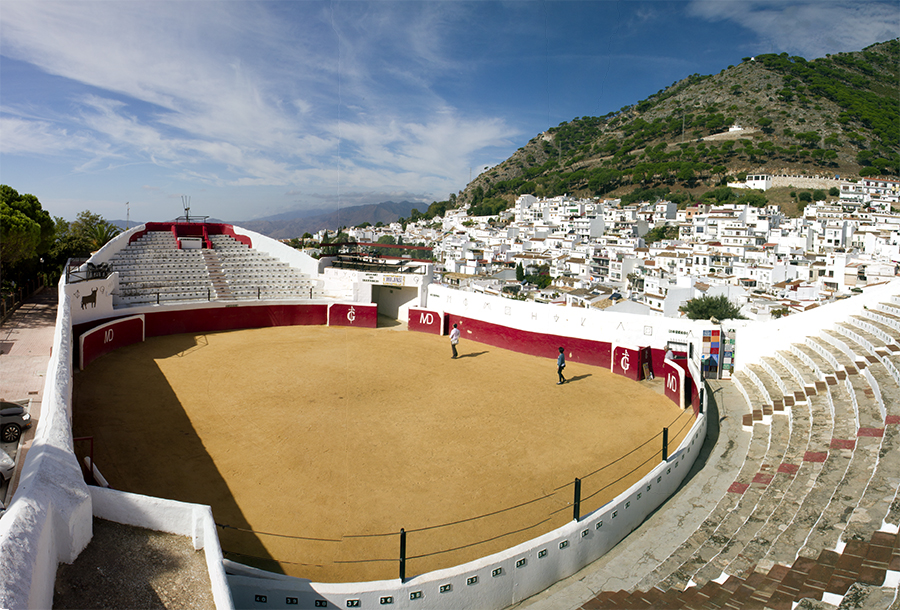


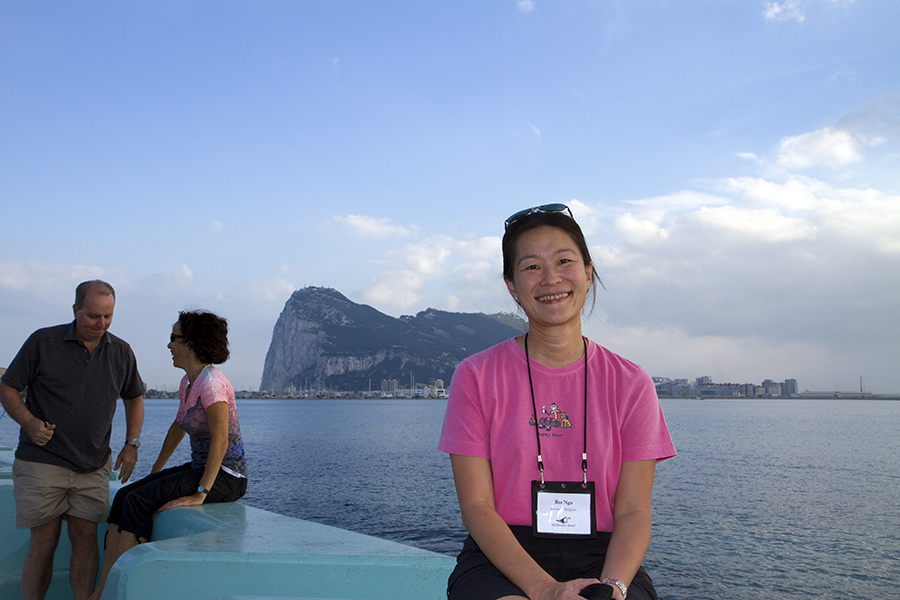

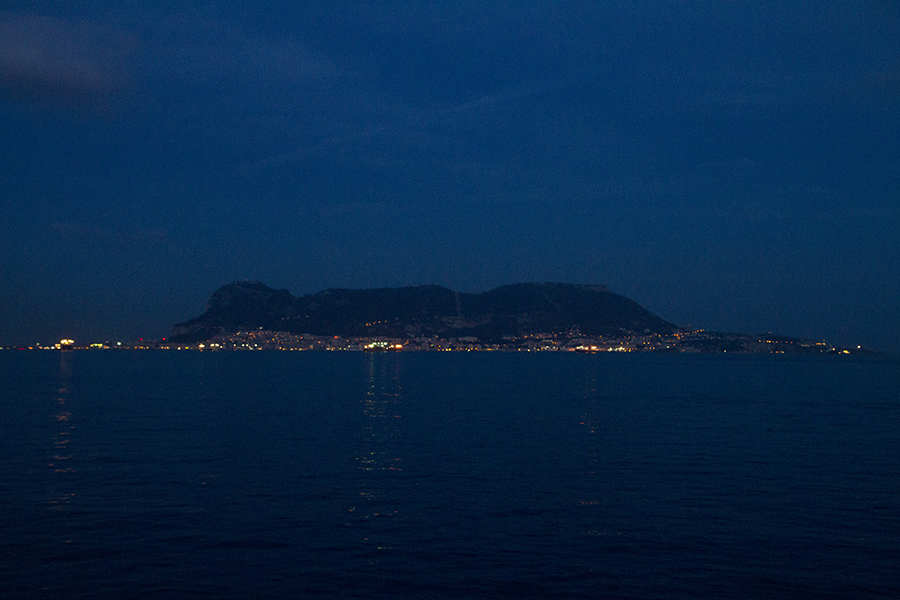
Dear Pierre,
Your photo fondly reminded me of my trips to Andalucia but made me
realize that I missed a lot. (A night garden at Alcazar of Cordoba,
Ronda, and Mijas.) I spent more time in Sevilla during the Feria season
(Spring festival). My friend in the U.S. found a person in Sevilla whose boyfriend is an owner of “caseta” (elaborate hut) where my friend and I danced Sevillanas. We had a great time.
I am always impressed with your photos.
Etsuko
Comment from a friend: I’m not so good with FB so couldn’t work out how to comment on your Andalusia travels there. But the fountains video was well worth downloading, and the Ronda bridge was spectacular. You really should have tried the donkey taxis – that would have been a photo I’d enjoy seeing.
My response: It is because of that potential photo opportunity that I made sure I did not get onto a Donkey Taxi – I still have a little bit of pride to protect 🙂